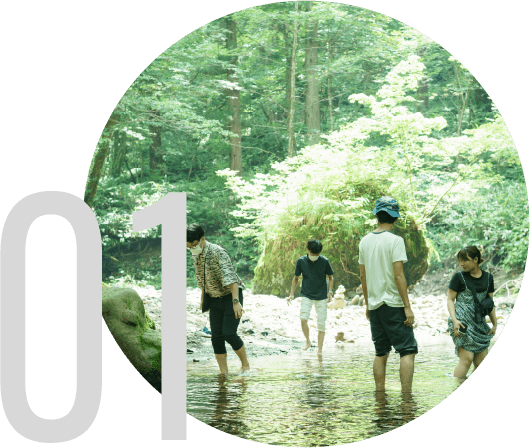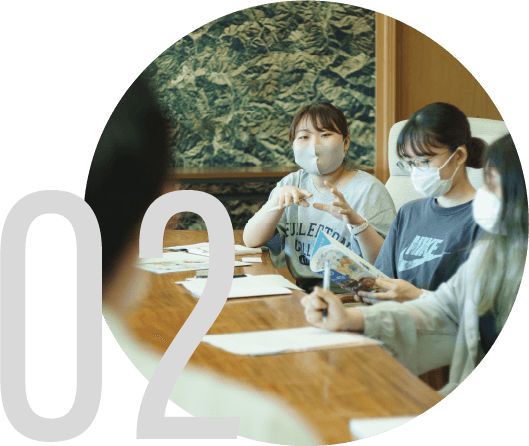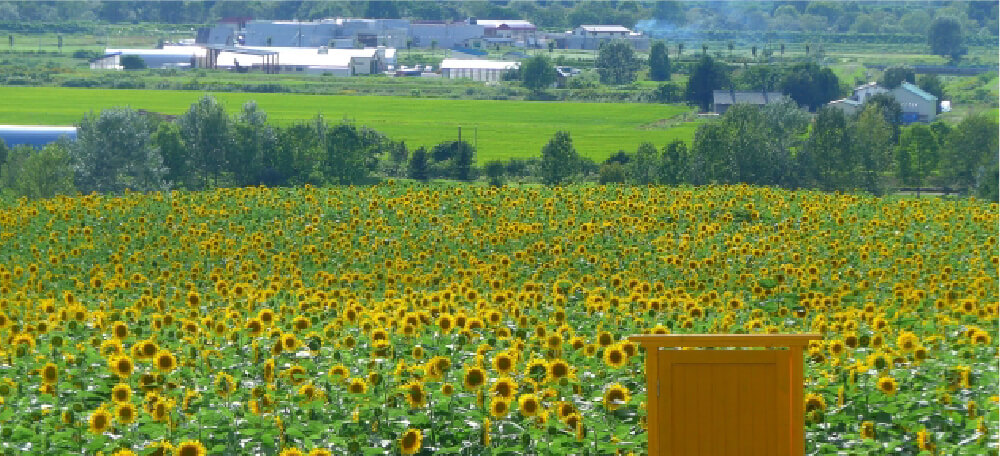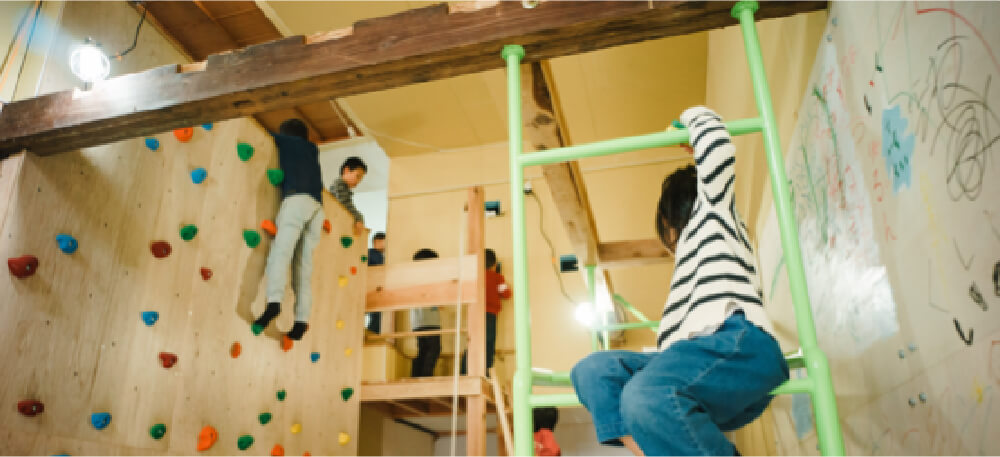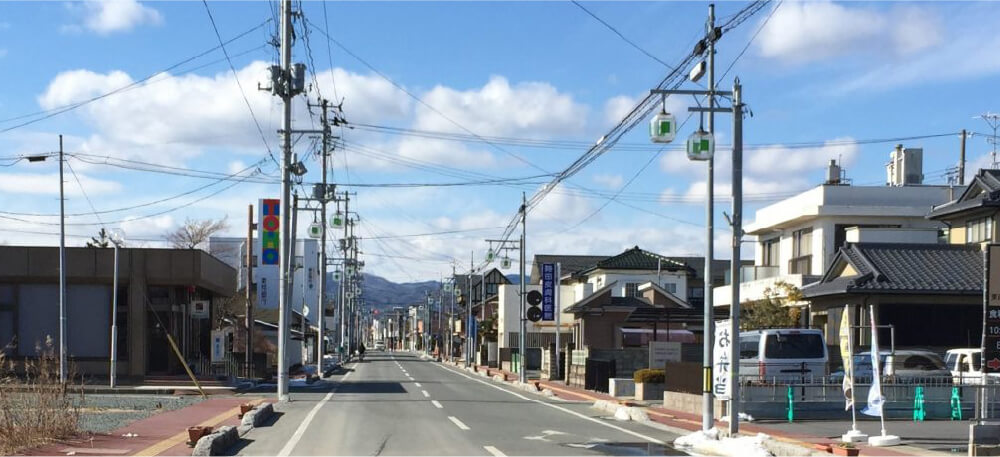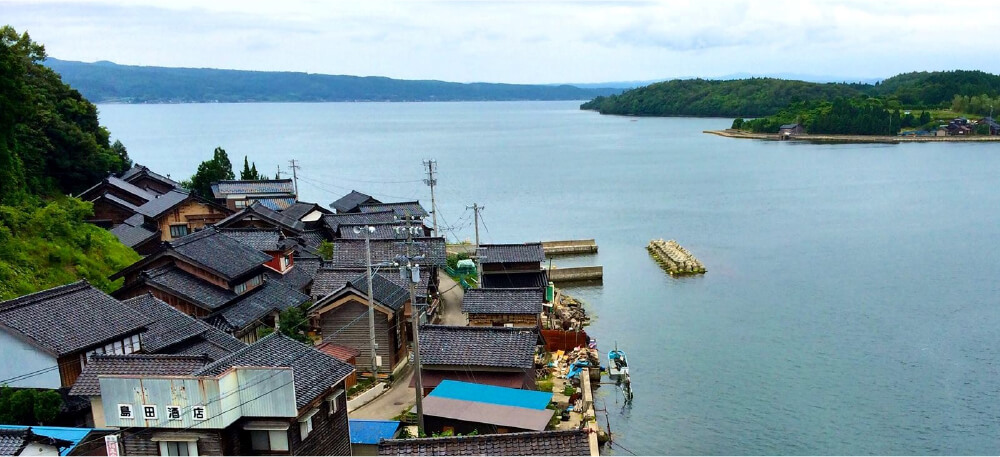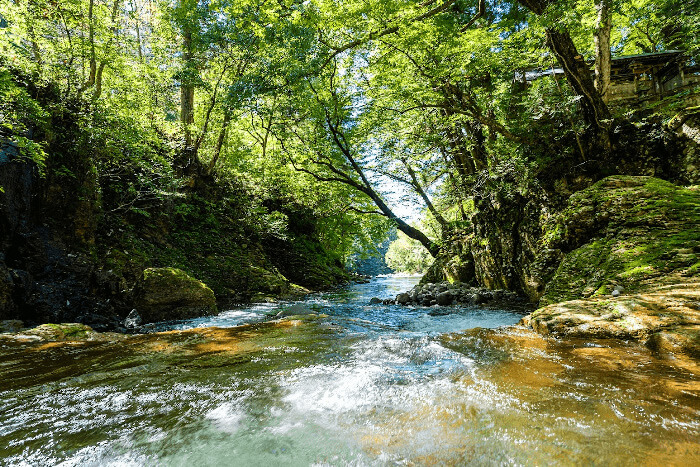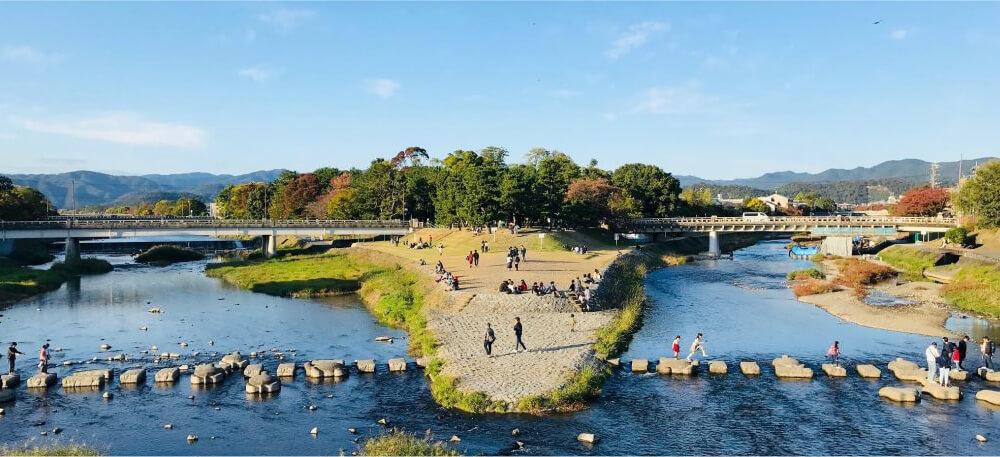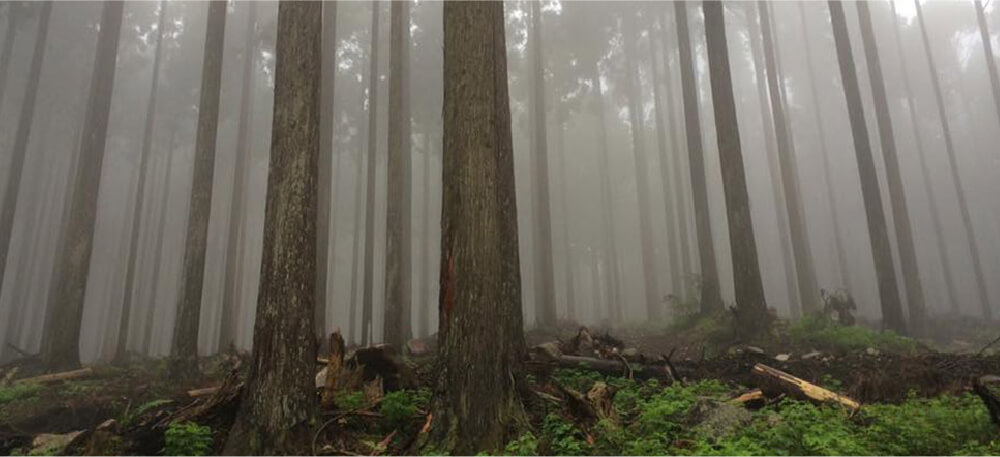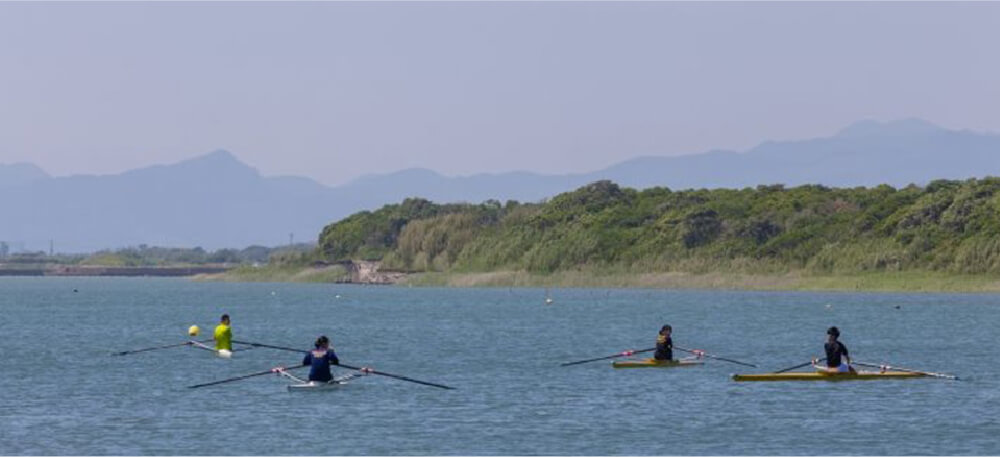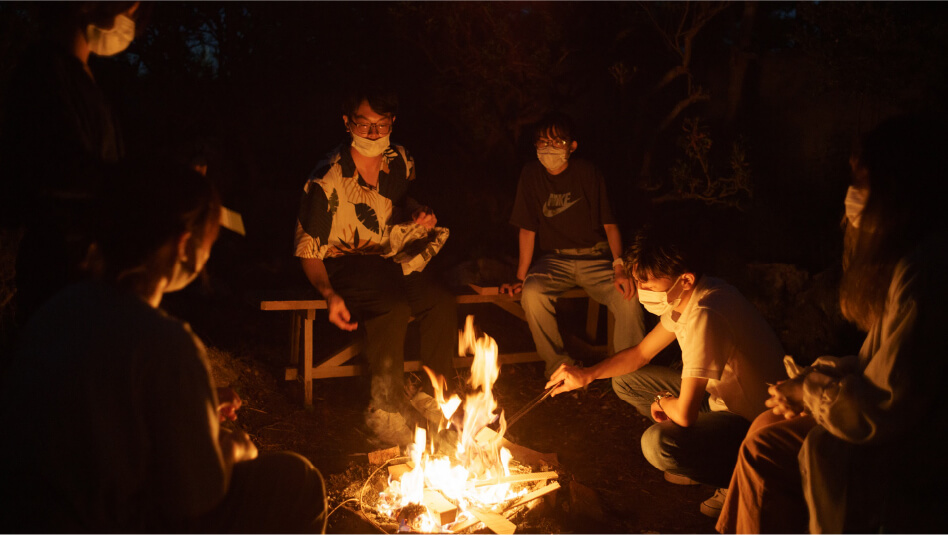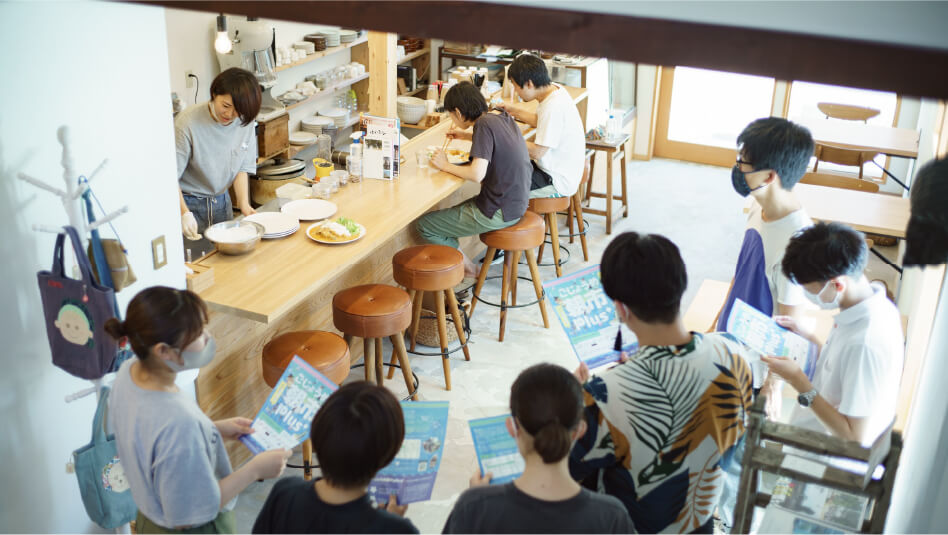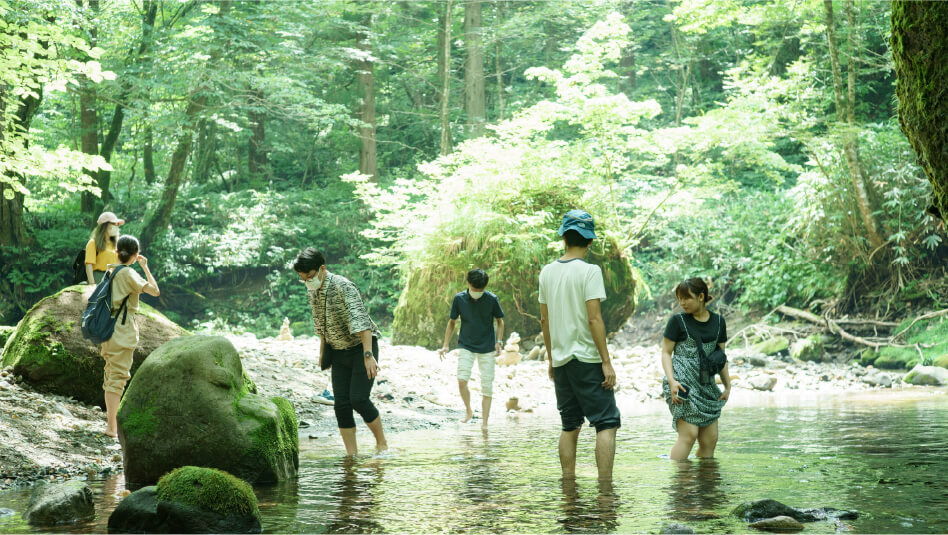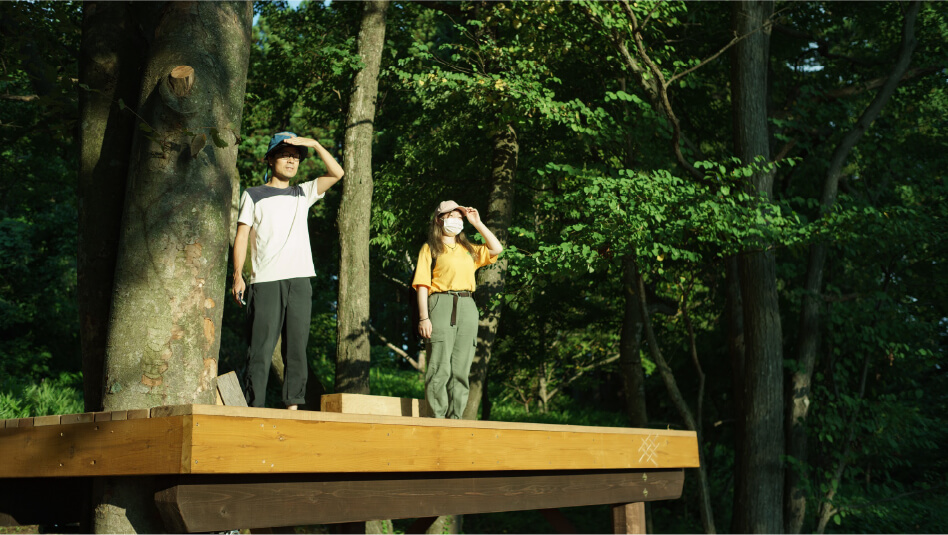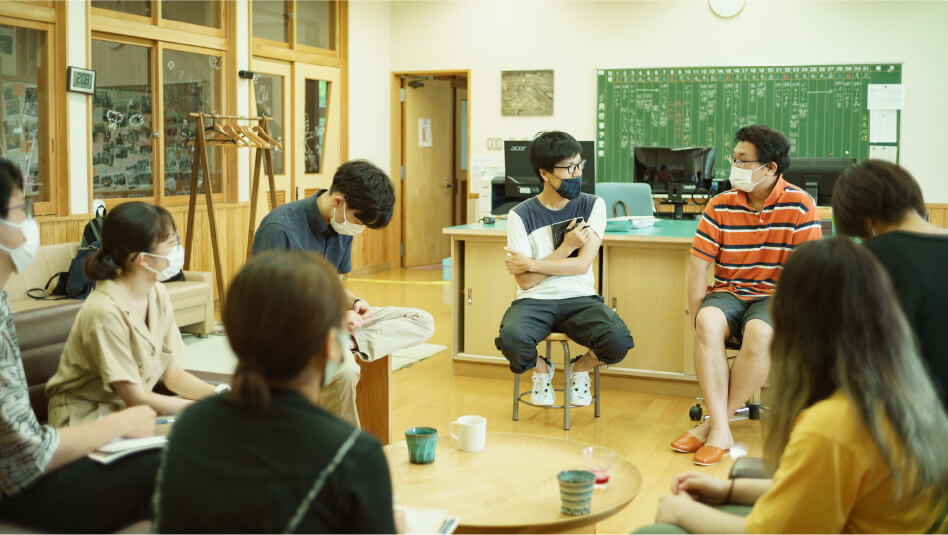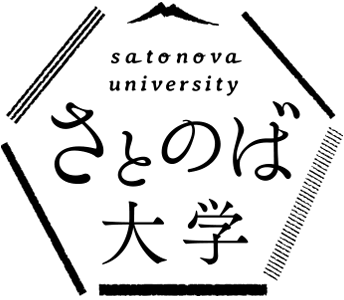
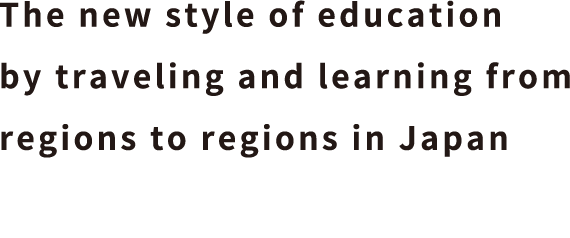
ABOUT
SATONOVA University's campus is located across Japan, where people of various values, resources, and issues can be found. Each community has its own landscape, environment, industry, and culture. There is no single environment, industry, or culture that is identical. Each community teaches us that there is no one right answer. And at the same time, it reveals that each one of us has a role to play as of being creative for the own unique culture. Join us at SATONOVA University to discover new ways to find the answers and to cherish the future you want.
3 distinctive features
-

NO CAMPUS
Learning Fields throughout Japan
Students live and study in four different regions of Japan for a year each, and learn from the local community. Students will travel to four different regions over the course of one year, and engage with people in the " micro-society " of the region, observing and reflecting on themselves in the process as they face local issues and develop practical skills.
-

NO EXAM
Resourcefulness are focused, not on grades
Students will be assessed by their resourcefulness but not on academic standard deviation scores. SATONOVA WAY emphasizes interpersonal skills and project implementation skills to prepare students for being successful in the future society. Students are encouraged to pursue the SATONOVA WAY from the perspective of "I" and "we," and to evaluate their level of achievement through feedback from instructors and the local community.
-

NO RIGHT ANSWERS
Respect what each achieve as the success or the failure
Students participate in a community that affirms each person's new attempts which leads both successes and failures, and contemplate what the society means as well as what they can accomplish. Students will explore and deepen what they really want to do while experiencing a series of trials and errors safely in the community.
Portrait of the individual we aim to foster
A person who is firmly rooted "my own" and “community-oriented” and desires to create the future what “we” want.
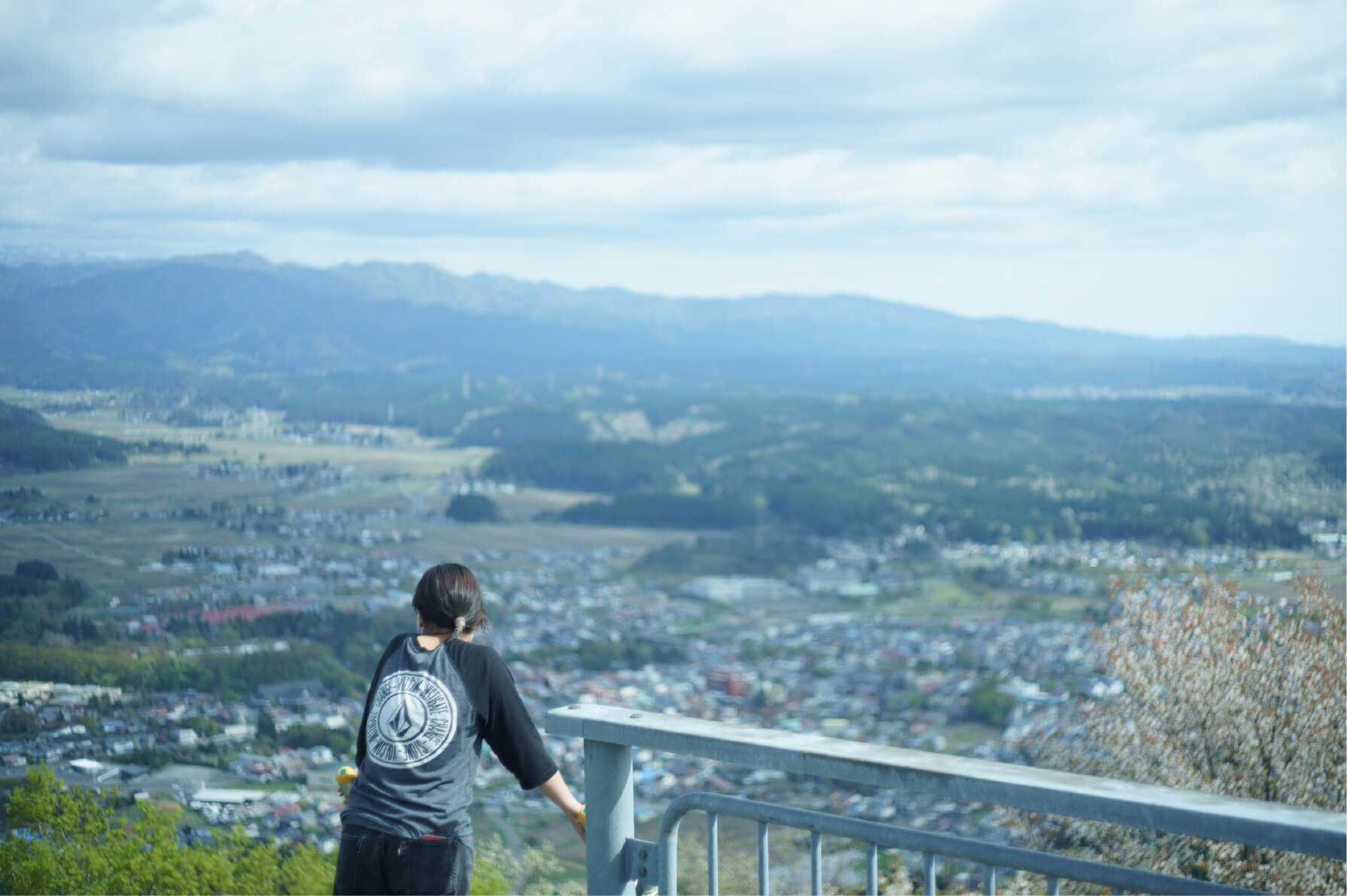
Principles for The SATONOVA WAY of Life
Based on the two axes of "I/WE" and "Introvert/Extravert," which are the foundation of "co-creation". SATONOVA WAY is designed by organizing it into the following four approaches.
The 4 elements and the 16 competencies are the foundation of the SATONOVA WAY, along with a unique rubric to clarify development criteria, which will be shared among students, partner regions, and the university to cultivate talents for the future.
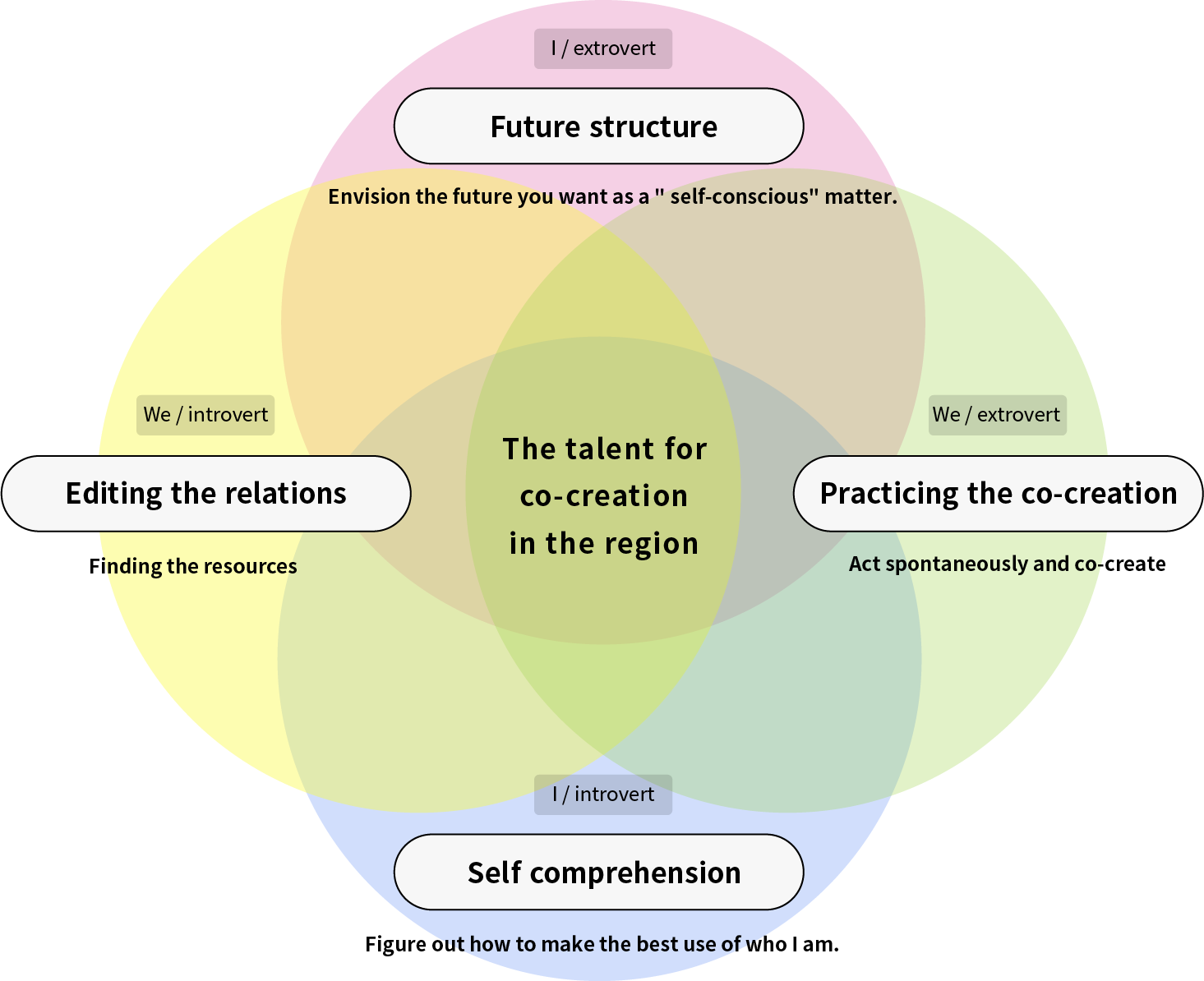
CURRICULUM
Project Learning Approach is the Core of the Curriculum
Project learning is the core of the curriculum at SATONOVA University, and it is the basis of our learning method, which allows students to give shape to what they want to do in a practical, self-directed way. The Project Learning is active approach that emphasizes problem finding and solving by learners themselves, rather than just passively cramming knowledge into a classroom. Although we tend to look for answers quickly, we value learning how to get to the essence of what the answer is, rather than how to conclude that "this is the answer," or figuring out how to learn on our own by brainstorming problems.
Curriculum Map
Through the online lectures, the students have the opportunity to connect and interact with current students residing in various regions across Japan. Based on the theoretical input and dialogue from the lecturers, the students can obtain hints and feedback that will help strengthen “my project” and enhance its level of implementation.
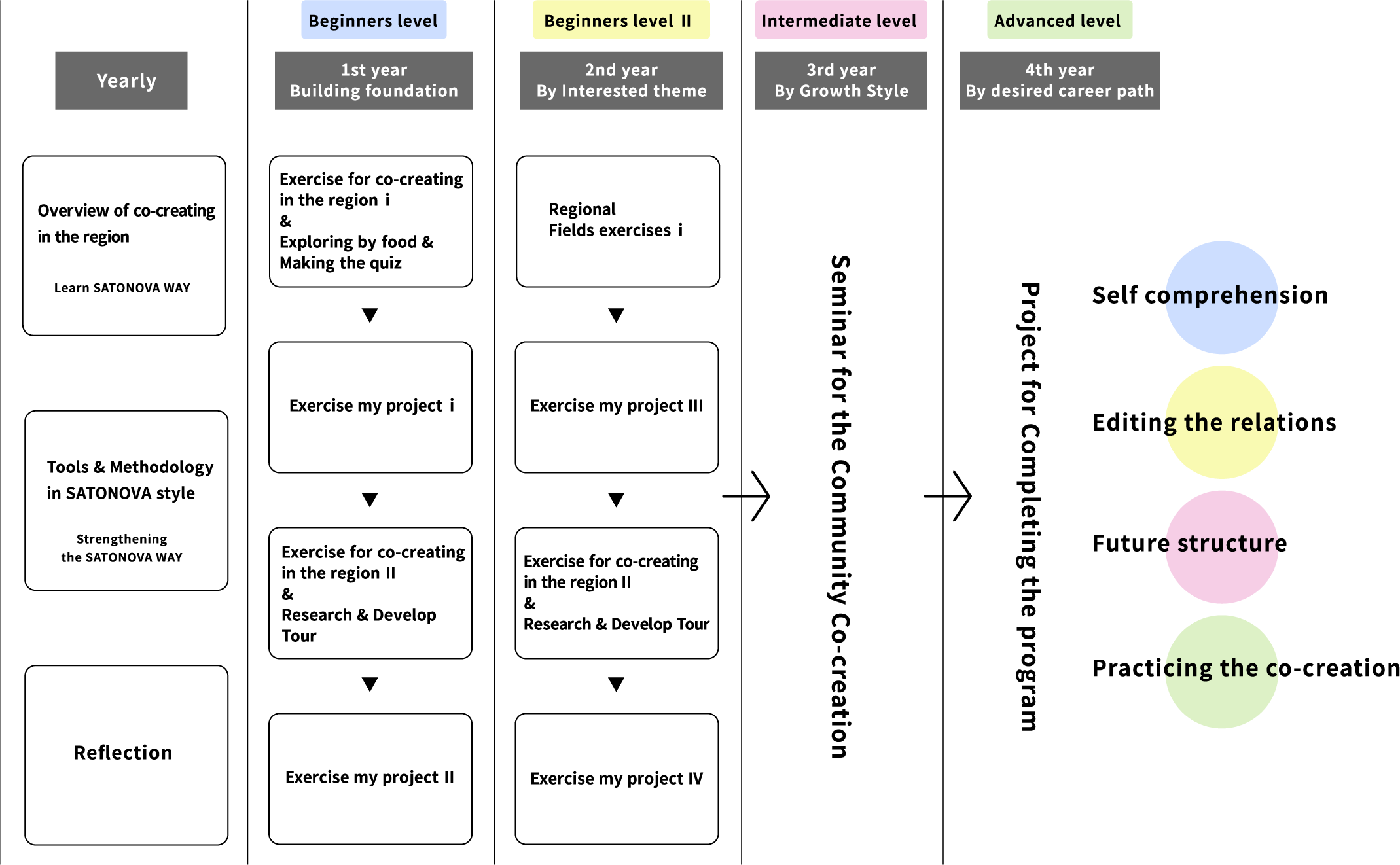
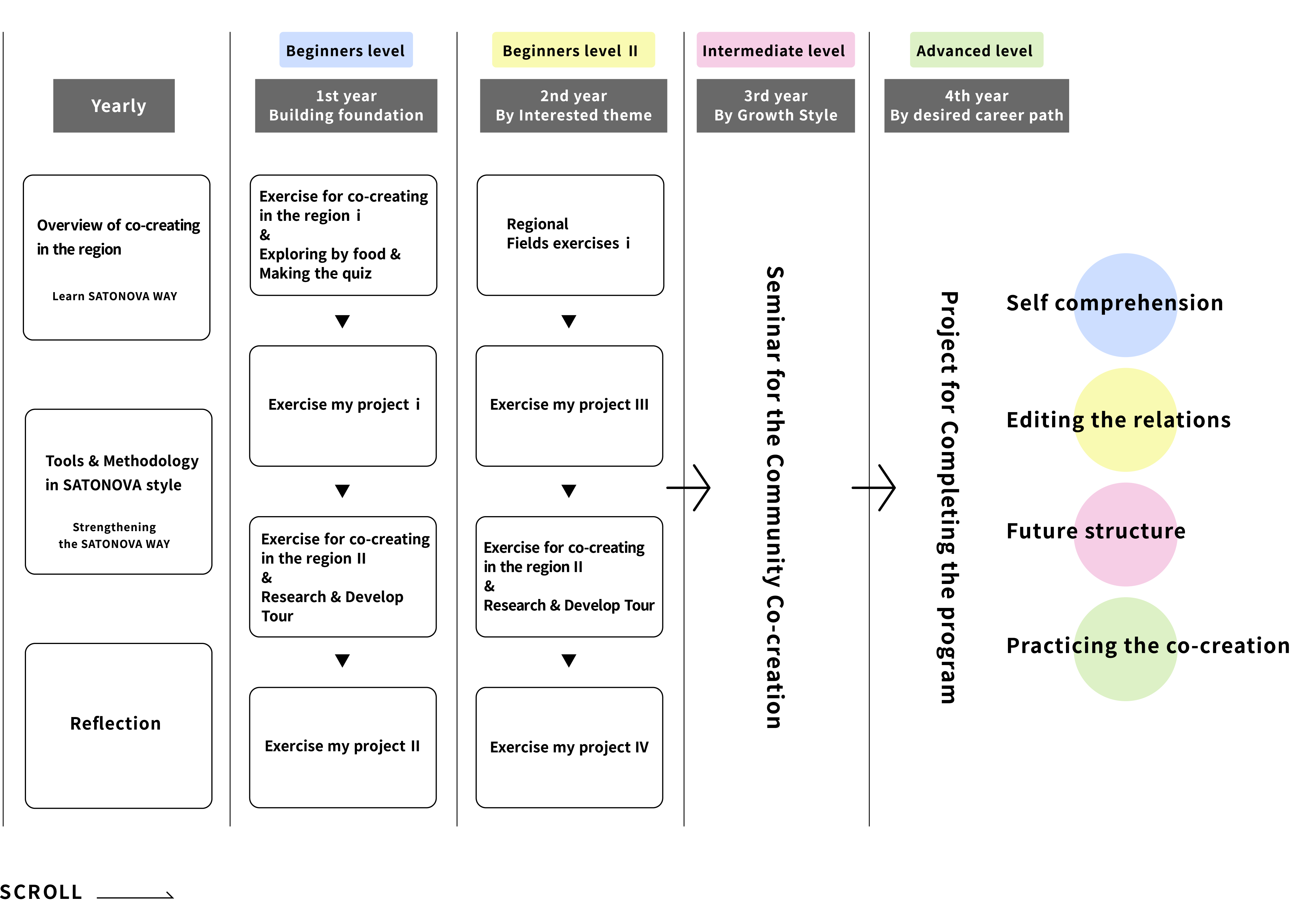
My PROJECT
A concept proposed by Hideyuki Inoue, Honorary President & Chief Co-Learner of SATONOVA University. Unlike the general definition of a project, the goal of My Project is to seek the "future you want" and discover resources on your own, and to choose the right time to take the first step. The students will share own thoughts and wishes with peers, expand horizons, and take the next step forward.
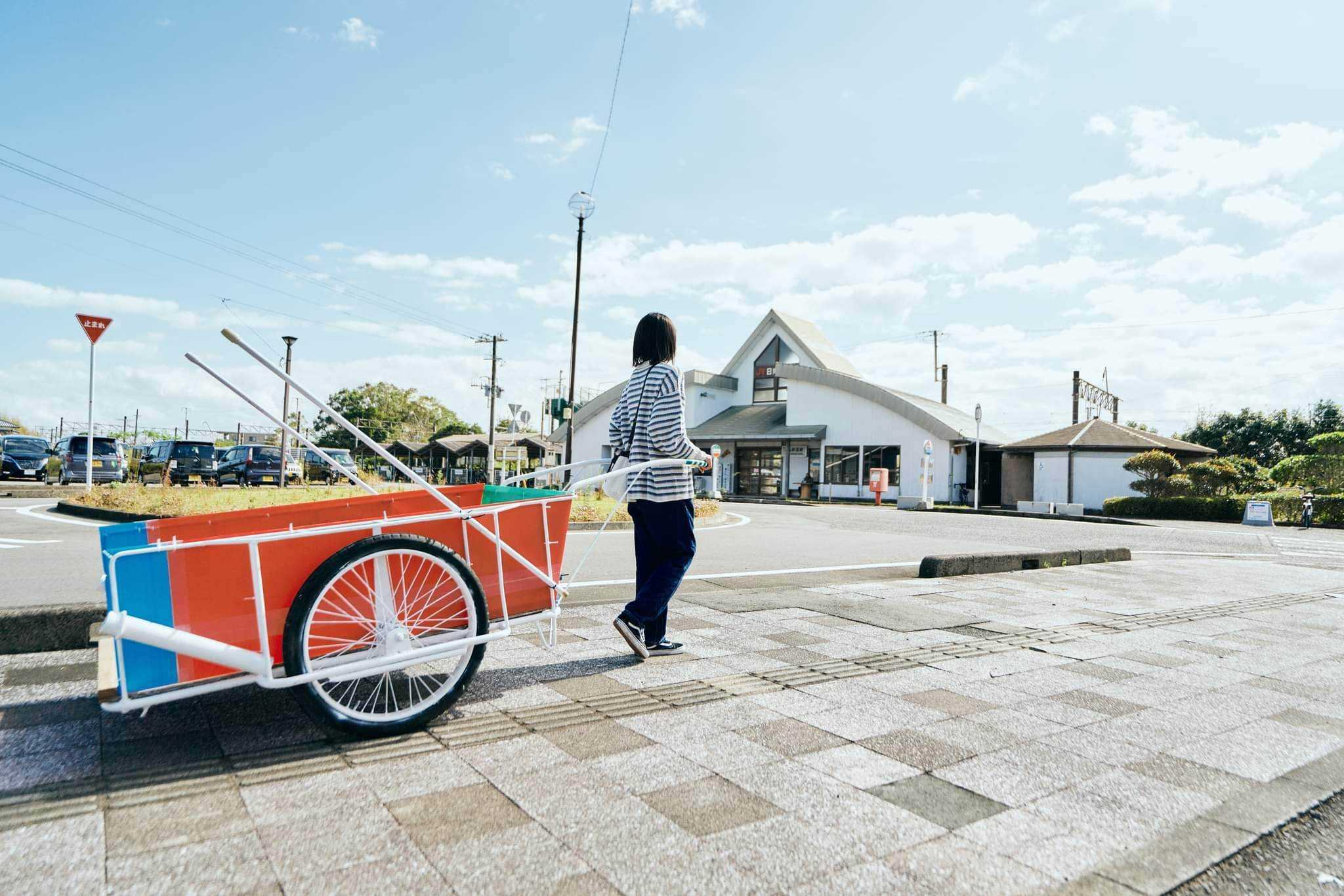
3 approaches to identify skills and sense of growth
SATONOVA University does not provide conventional evaluation. Instead, we encourages students to realize their own growth in following three ways such as Practices in project level, Rubric assessment in SATONOVA Way, Reputation in 720 feedbacks.

The 4 years flow
CAMPUS
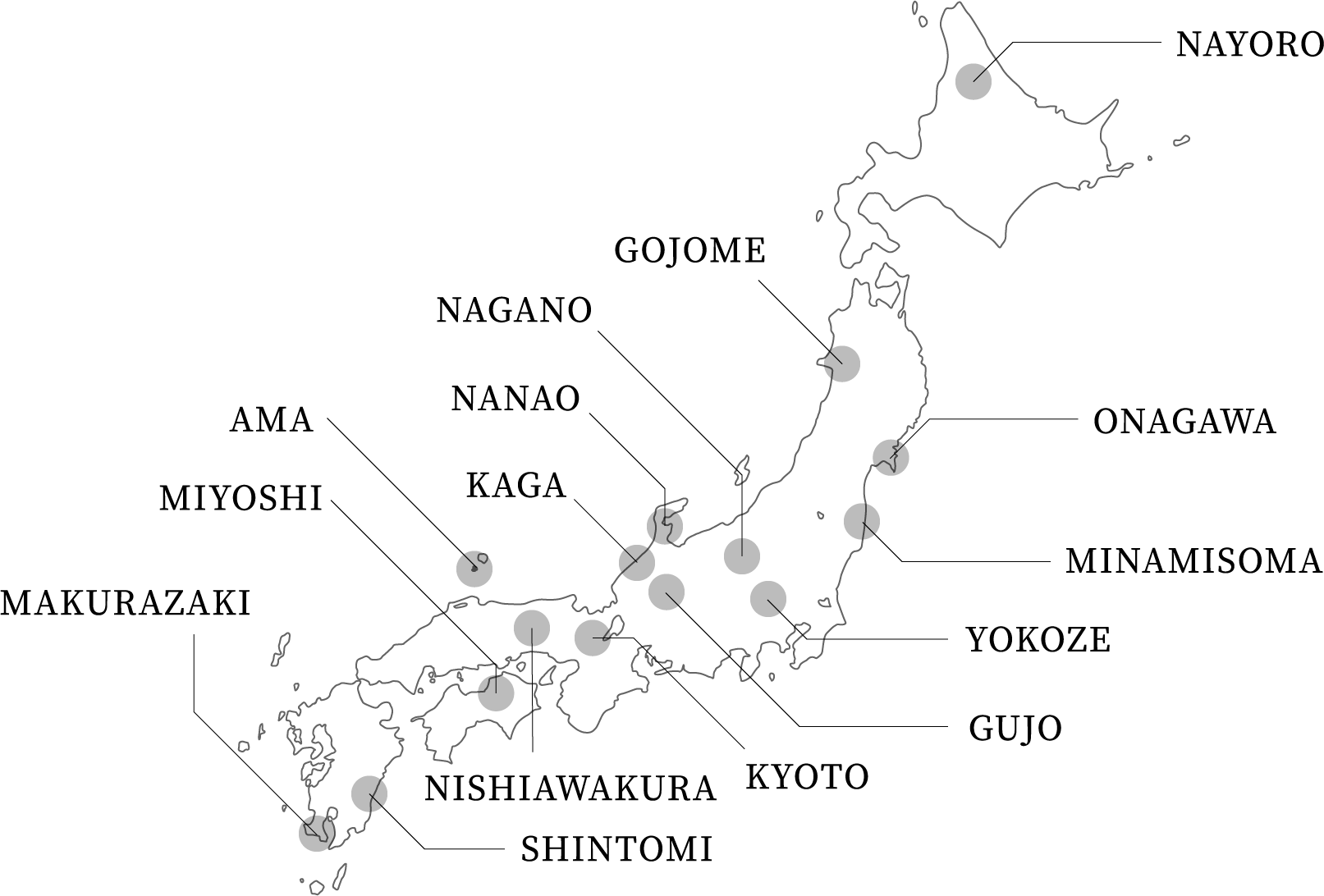
-

NAYORO,HOKKAIDO
Learn spontaneously and thoroughly in a small society on the northern edge of JapanNayoro City has a population of about 25,000 surrounded by magnificent nature, necessities for daily life are provided to the very comfortable place. One of the challenges Nayoro faces is the lack of labor forces. Thus, proactive youth are welcome! This is the place where nature and human life fit together perfectly, so why don't you take a look at yourself and find out what you want to do?【We recommend people who are interested in the following】#Creating a place #Creating a community #City that is not too rural and not too urban #I want to look at myself first -

GOJOME,AKITA
Lessons from the community-building experts in an issue-driven regionThe Gojome morning marche, with a history of over 520 years, is one of the unique identities. Recently, the "Gojome Asaichi PLUS+" has been held to support younger generations to open booths and new challenges, and the market has been flourishing. Akita is an advanced problem-oriented society facing population decline, aging population, lack of bearers, and immigration/resettlement. Gojome based "Dochaben," an entrepreneurship development program dedicate people throughout Akita.【We recommend people who are interested in the following】#Creating a place to learn and play where the next generation can grow #Become the hero of your life #Connecting the inside and outside of the community #Operating and opening a morning market -

ONAGAWA,MIYAGI
Earthquake and Tsunami disaster reconstruction leads New Town DevelopmentOnagawa was devastated by the Great East Japan Earthquake, which destroyed about 80% of the town, In 2015, Onagawa became the highest decline rate of population in Japan. On the other hand, there are many business owners and entrepreneurs who are willing to try new things. The slogan is "The best town in the world where people are supported as the framework of “START! ONAGAWA" to reborn all kinds of new beginnings for all people.【We recommend people who are interested in the following】#Related Population #Reconstruction role model #Interesting community building #Trial immigration program -

MINAMISOMA,FUKUSHIMA
Lessons in the Frontier of Creating a New History from a Town with Zero PopulationThe Odaka district of Minamisoma is an area that once had a population of zero due to the Great East Japan Earthquake and the nuclear power plant accident. There is a momentum to work on urban development from scratch, and a small but diverse range of projects are underway. In Minamisoma, where an open-minded climate prevails, students may resonate with the entrepreneurial spirit of experienced ones who will be able to disrupt conventional stereotypes.【We recommend people who are interested in the following】#History #Entrepreneurship #Community #Youth-oriented -

NANAO,ISHIKAWA
Lessons with its beautiful scenery of rich mountains and oceanNanao once flourished as a port of call for Kitamae-ship, and has nurtured a system of circulation in which people and nature live together while various cultures intermingle. The beautiful satoyama landscape of terraced rice paddies and traditional fishing methods that utilize the resources of the satoumi have been recognized as a World Agricultural Heritage. Due to the Ageing population and a shortage of talented people in various aspects, question is how to preserve Nanao's unique culture and history with fewer people to solve the problem by focusing their wisdom.【We recommend people who are interested in the following】#Learning #GIAHS #Marketing #Making villages work -

GUJO,GIFU
Lessons from the Energy of the " source" that gracefully thrives with natureGujo is the " water town" in which food culture and industry have developed from the richness of its water. The town is blessed with beautiful rivers and forests, and is a treasure house of " source of river entertainment," which even grown-ups are fascinated. A basin surrounded by magnificent nature, it is also a steep landscape with a sea level difference of 1,800 meters, turning the area into a pure silver world in winter. People in Gujo have preserved their culture despite the tough climate conditions, building a tradition that has been carried on from generation to generation.【We recommend people who are interested in the following】#Love to play #Love to treasure hunt #Forest and river #Folk songs #Gunjo dance #Circulation #Zero-waste -

Throughout,KYOTO
Experience the diverse cultures and lessons from the leaders of the region.Kyoto is the ancient capital of Japan. Adored among Japanese and international visitors alike, This is a unique place where history and traditions reflect Japan's unique character while diverse cultures flourish. Though the city has developed in an urbane style and is economically and commercially advanced, it also retains many old-fashioned face-to-face relationships and small indigenous communities, shaping a unique identity where the city and the rural coexist in harmony. Retaining inheritance of local culture can be one issue, yet distinctive to this area is the diverse efforts being made by many local leaders.【We recommend people who are interested in the following】#large rural #student town #Kyoto immigration plan #shopping district revitalization #co-working #industry-government-academia collaboration #compact city -

AMA,SHIMANE
Lessons from the Remote Islands on the Leading Community DevelopmentAma has a motto: " There is nothing left that does not exist". In other words, it means that " Everything you need to live is right here. In recent years, the town's unique initiatives, including administrative and financial reforms along with the project to promote a more attractive public high school, drew nationwide attention, stimulating an increase in the number of young immigrants to the area. Over the past 15 years or so, the island has welcomed nearly 900 immigrants, more than 400 of them still living on the island today. Come and join us as we discuss how islanders and immigrants have worked together and integrated their wisdom to create a community【We recommend people who are interested in the following】#Remote island #Sustainable community development #Remote work #Education #Entrepreneurship -

NISHIAWAKURA,OKAYAMA
Lessons from the Remote Islands on the Leading Community DevelopmentNishiawakura Village is a forestry town where about 95% of the land is covered with mountains and forests. The entire village is dedicated to the“Hyakunen-no-Mori (”100-year Forest“) Initiative”, to preserve the rich natural resources of the village for future generations. To achieve a sustainable forest environment, the village continues agricultural diversification so that local resources can be preserved and passed on to the next generation.. Various local start-up ventures have been established, and a supportive atmosphere that encourages "Let's do it!"【We recommend people who are interested in the following】#enjoying life #wellbeing #SDGs #sustainable forestation #sixth generation forestry #local venture #handicraft -

SHINTOMI,MIYAZAKI
Lessons in a "frontier" place with beautiful nature that attracts amusing peopleShintomi Town is rich in nature, blessed with a coastline that is even a spawning ground for sea turtles. Although it is often labeled as an isolated area, thanks to reliable child-rearing support, many families and single mothers move here willingly. This is filled with intriguing residents who create innovative activities, such as young farmers and dairy farmers engaged in smart agriculture, and a liquor store that has developed a new specialty, plum wine made with the natural treasure【We recommend people who are interested in the following】#Tourism #Lodging #Smart agriculture #Information dissemination
*Since December 2023, Five regions have been newly added to the list. More information will be released in due course of time.
